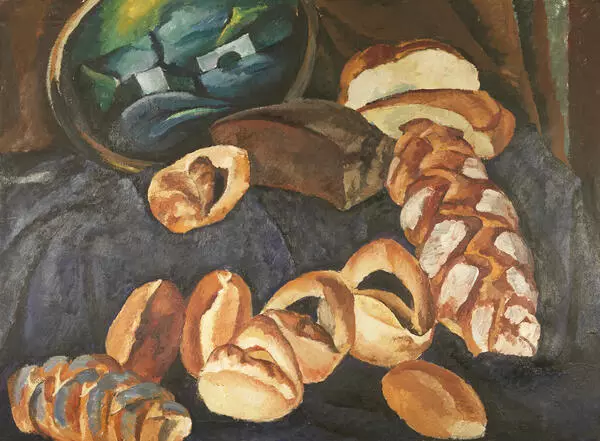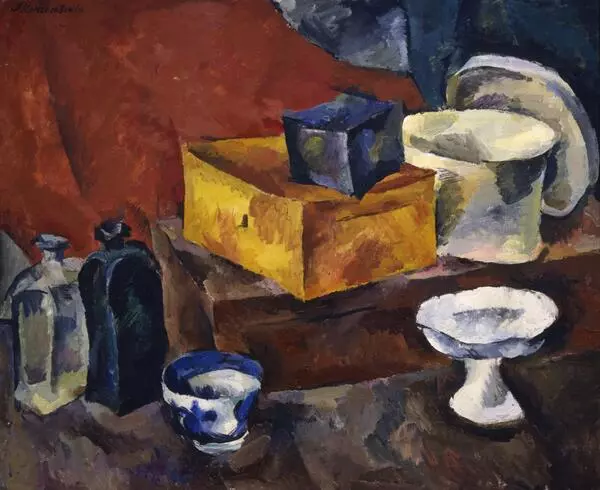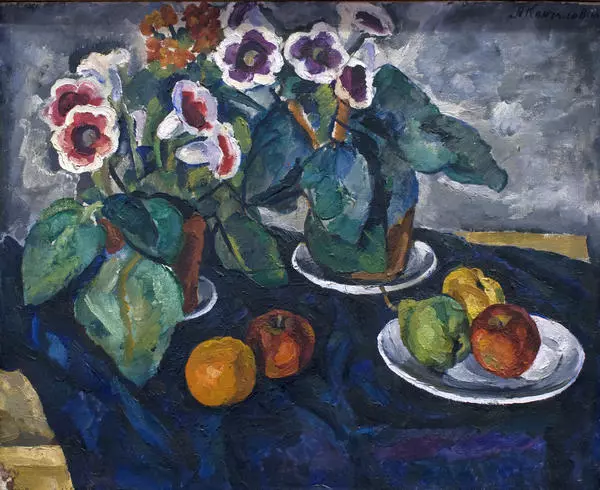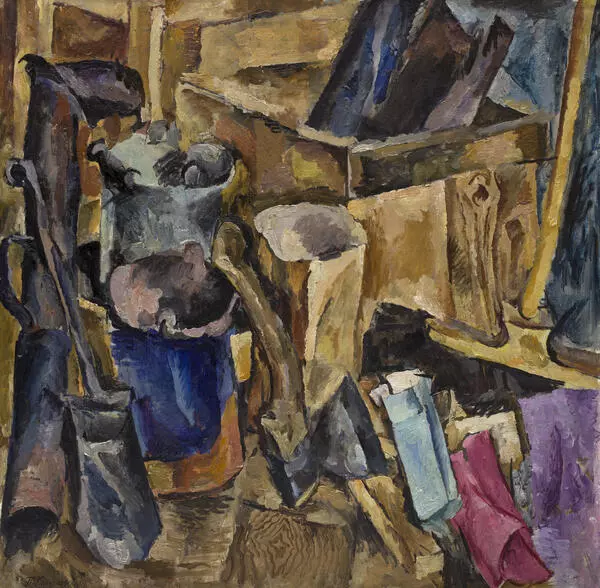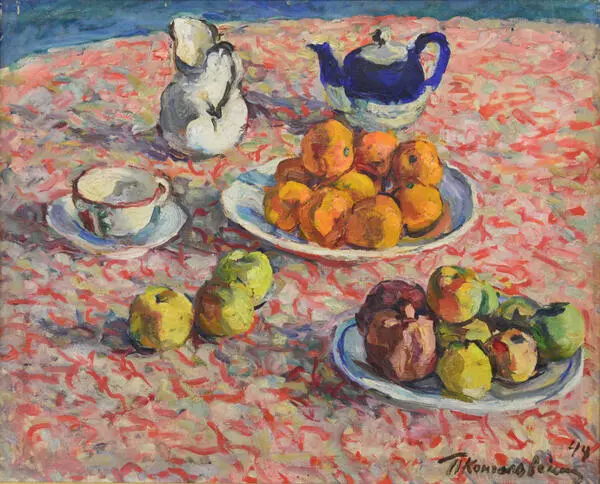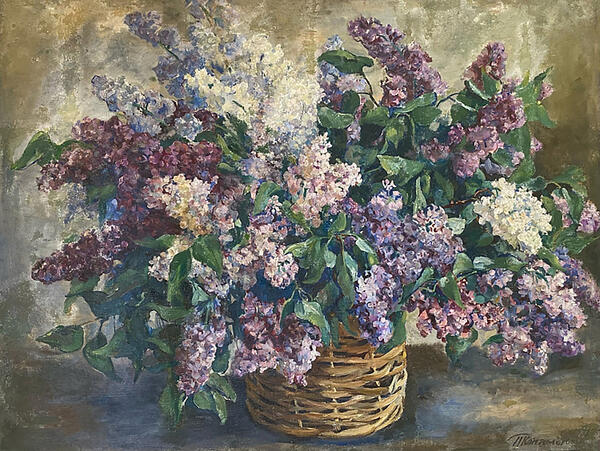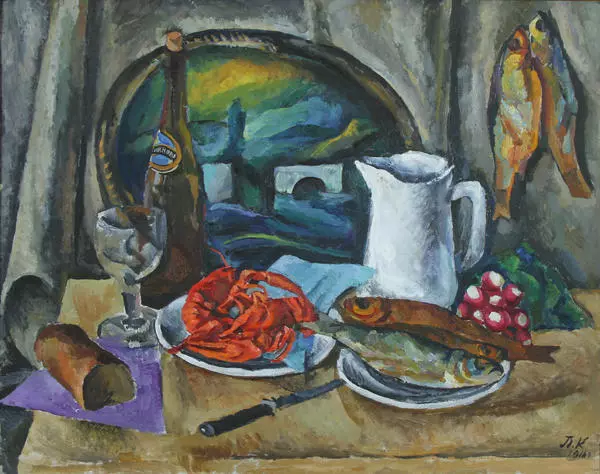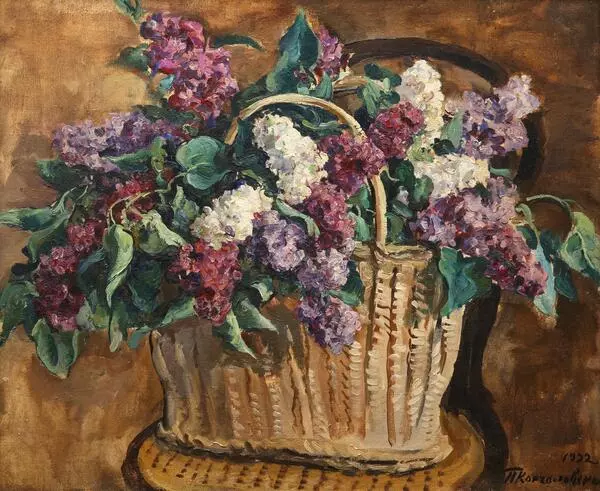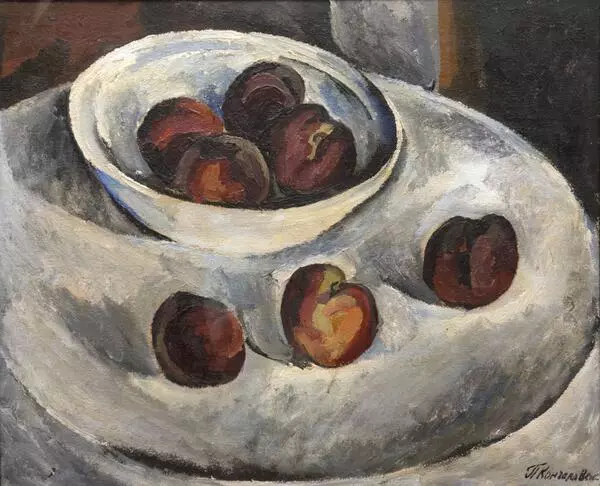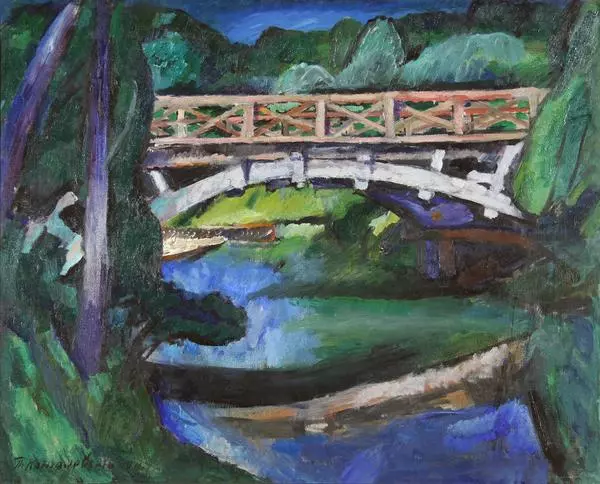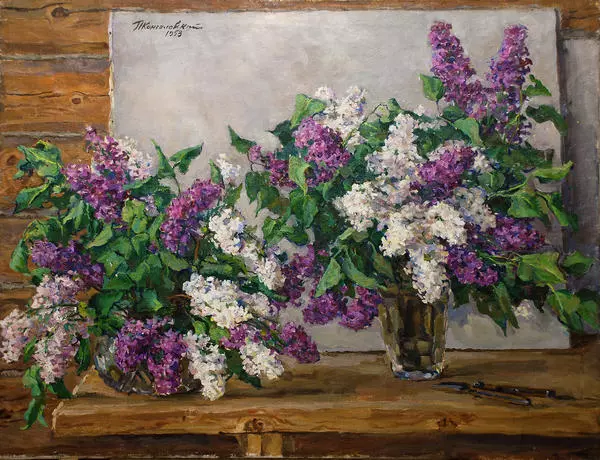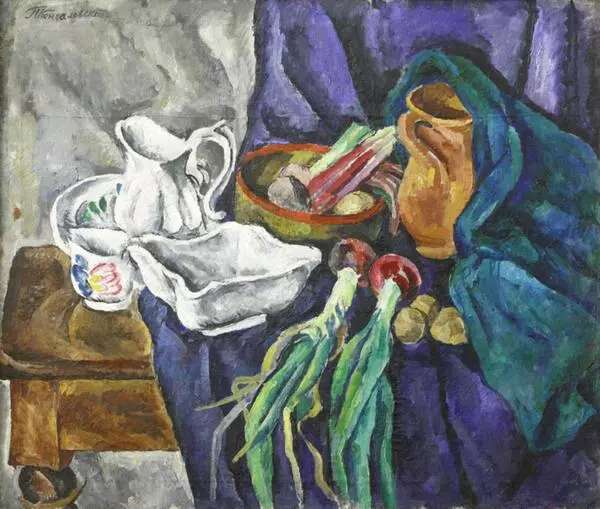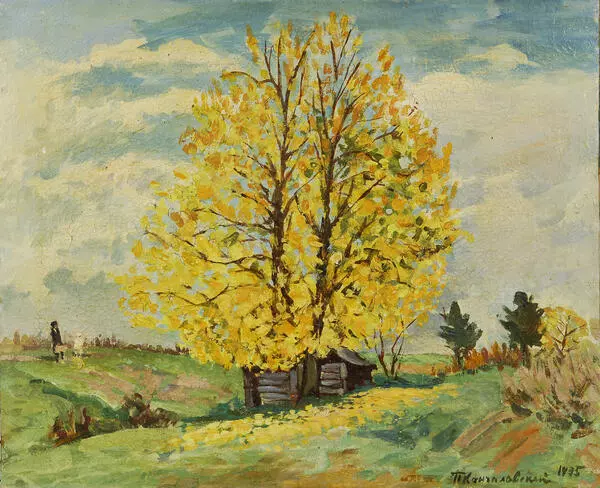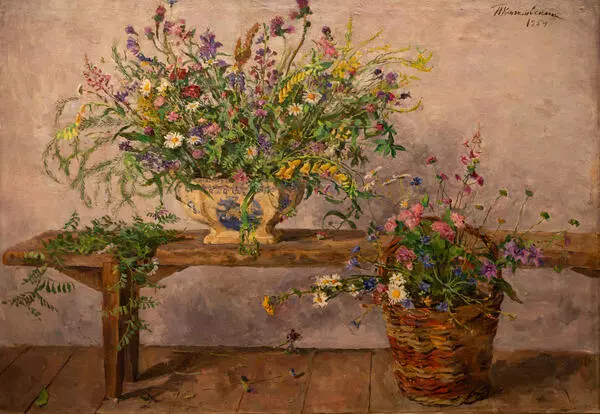The ‘Cassis’ canvas from the collection of the Tula Museum of Fine Arts is created by the famous Russian artist Petr Konchalovsky. He was born into a family of a nobleman, publisher and translator. Already in adolescence the boy manifested artistic talent, and thanks to his father’s activities, he had the opportunity to communicate with the best artists of his time: Vasily Surikov, Ilya Repin, the Vasnetsov brothers, Mikhail Vrubel, Konstantin Korovin and Valentin Serov.
At the beginning of his creative path, searching for his own method, the artist traveled a lot — studying in France and visiting Italy and Spain. Already, Konchalovsky rejected academic art and sought to experiment. In the 1910s, he became one of the Jack of Diamonds group leaders, attracting young painters due to its artistic and philosophical methods. Its participants were inspired by European tendencies being popular in those years and relied on expression and shock values. Their passion for French painting, Cubism and Russian folk art brought them closer together. They sought to discourage the 19th-century realistic art traditions, the legacy of academism and the Peredvizhniki. Many, including Konchalovsky, considered the French post-impressionist Paul Cézanne their teacher.
Konchalovsky sought to simplify forms, create space using color. In each painting, whether it’s a landscape, a portrait or a still life, the artist tried to reflect the essence of the phenomenon, the inner energy of an object or person. His paints are thick and dense as if mixed with the soul.
‘Cassis’ from the Tula Museum of Fine Arts collection refers to a series of urban landscapes created between 1912—1913 in the port of Cassis in the south of France. The artist sought to convey a small southern port atmosphere with humid air and bright colors. The canvas’s expressiveness is developed with contrasts: rounded shapes of juicy green trees contrasting with the clear geometry of houses, red and orange roof planes. A bright blue southern sky pacified the hectic world of colors and forms. The stylistic landscape is close-up, with intense colors, at a monumental scale — all these respond to the Jack of Diamonds group’s aesthetics.
At the beginning of his creative path, searching for his own method, the artist traveled a lot — studying in France and visiting Italy and Spain. Already, Konchalovsky rejected academic art and sought to experiment. In the 1910s, he became one of the Jack of Diamonds group leaders, attracting young painters due to its artistic and philosophical methods. Its participants were inspired by European tendencies being popular in those years and relied on expression and shock values. Their passion for French painting, Cubism and Russian folk art brought them closer together. They sought to discourage the 19th-century realistic art traditions, the legacy of academism and the Peredvizhniki. Many, including Konchalovsky, considered the French post-impressionist Paul Cézanne their teacher.
Konchalovsky sought to simplify forms, create space using color. In each painting, whether it’s a landscape, a portrait or a still life, the artist tried to reflect the essence of the phenomenon, the inner energy of an object or person. His paints are thick and dense as if mixed with the soul.
‘Cassis’ from the Tula Museum of Fine Arts collection refers to a series of urban landscapes created between 1912—1913 in the port of Cassis in the south of France. The artist sought to convey a small southern port atmosphere with humid air and bright colors. The canvas’s expressiveness is developed with contrasts: rounded shapes of juicy green trees contrasting with the clear geometry of houses, red and orange roof planes. A bright blue southern sky pacified the hectic world of colors and forms. The stylistic landscape is close-up, with intense colors, at a monumental scale — all these respond to the Jack of Diamonds group’s aesthetics.





